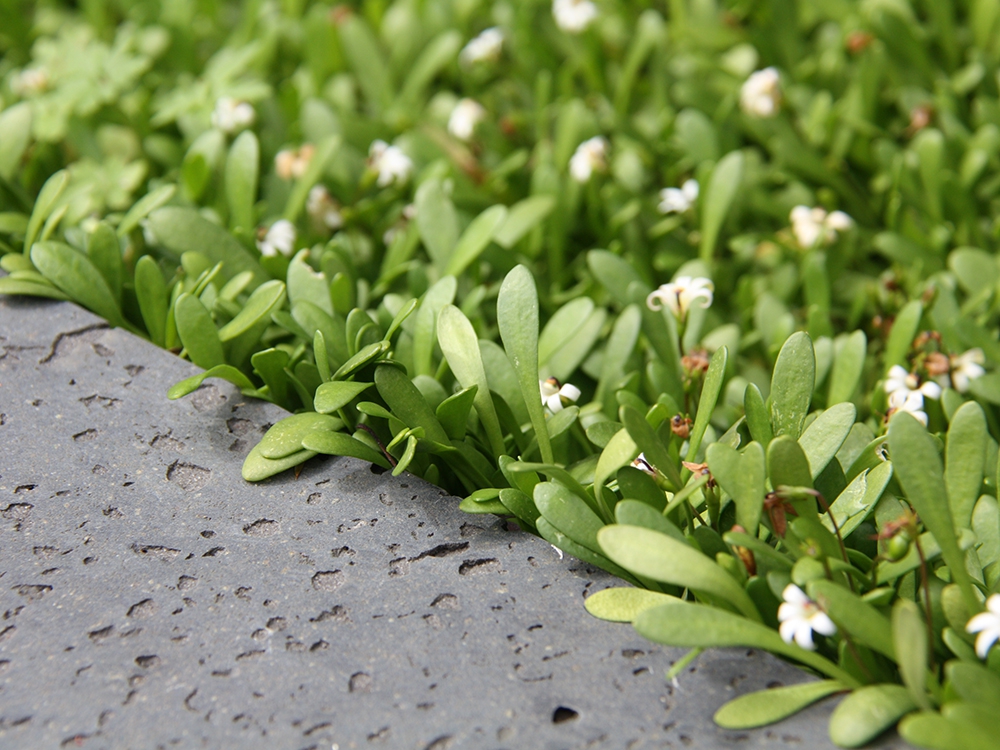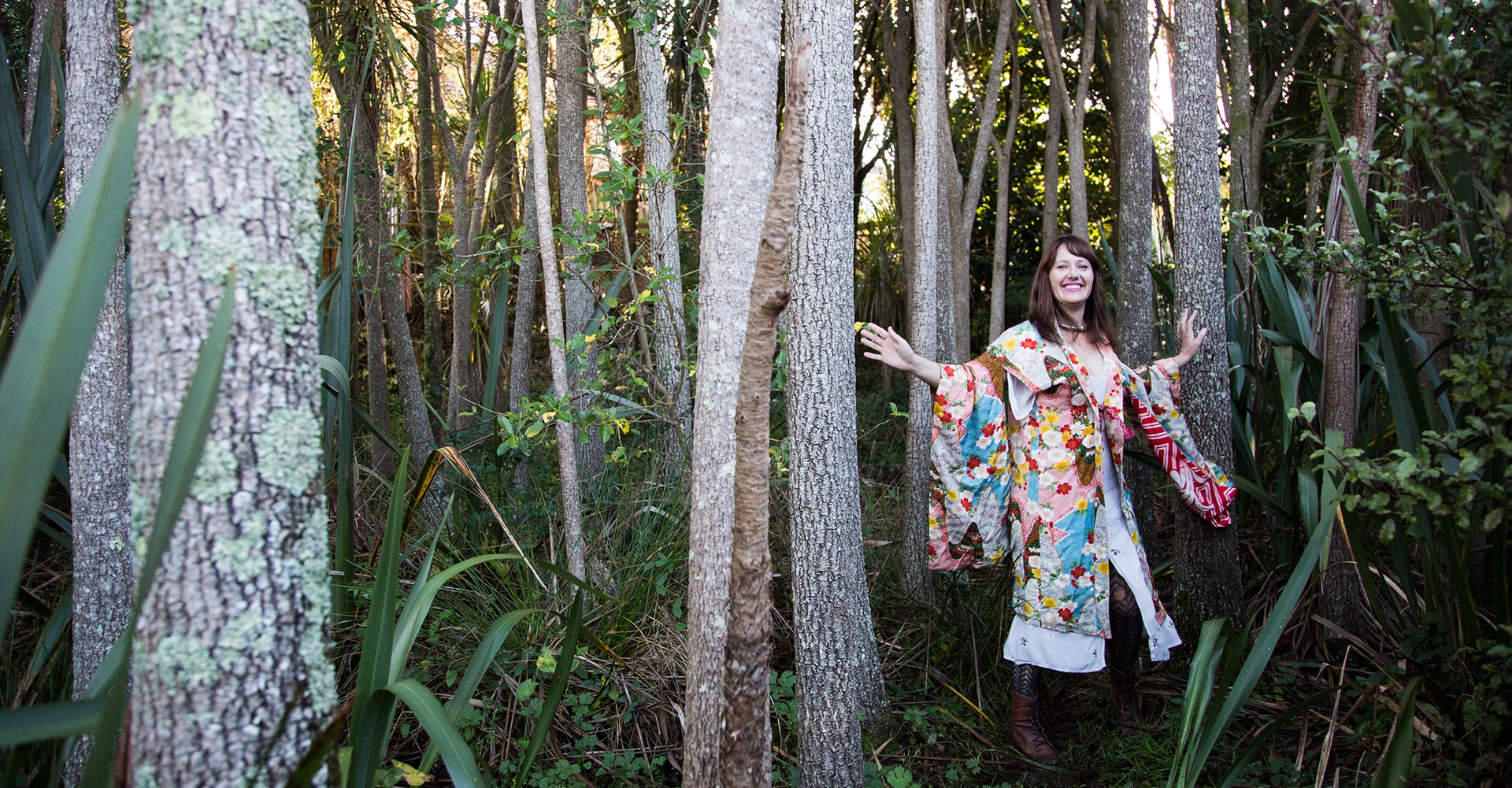
Meet the Designers: Xanthe White
An Auckland-based landscape designer, whose work explores the relationship between people, culture and the wild and evocative New Zealand landscape.
Design comes from all directions, and we are inspired by what’s handcrafted. Here's the third and final blog of our series 'Meet the Designers', during which we interview Xanthe White, an Auckland-based landscape designer, whose work explores the relationship between people, culture and the wild and evocative New Zealand landscape.
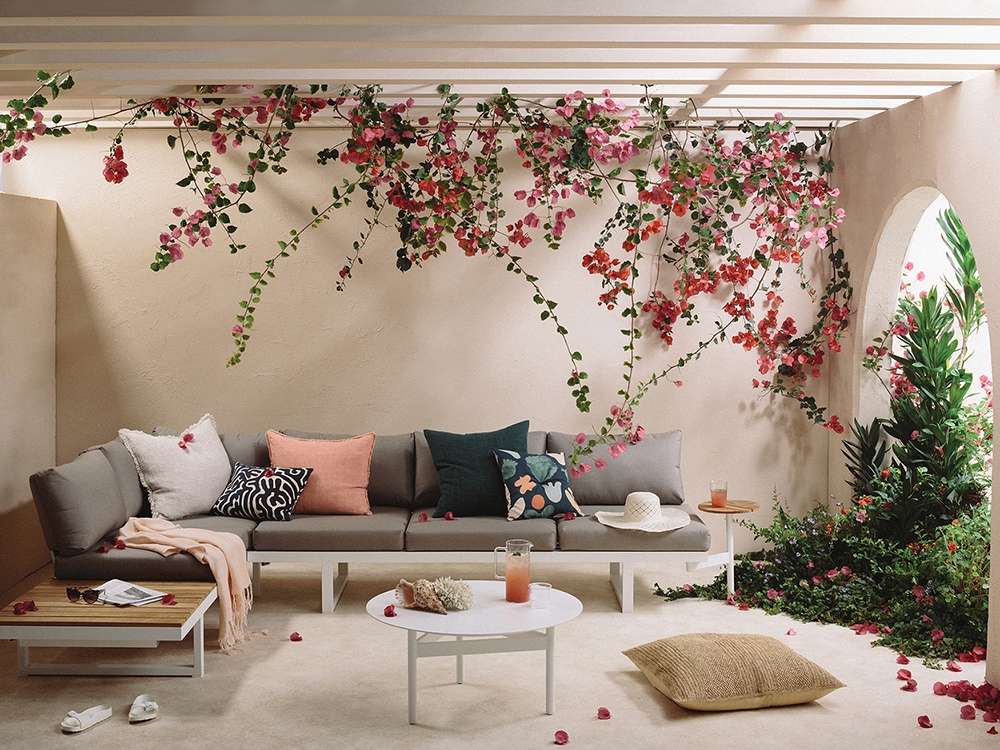
Xanthe White is an Auckland-based landscape designer. Her incredible design projects explore the relationship between people, culture and the wild and evocative New Zealand landscape. “As designers it’s not our job to impose ourselves upon a space but instead to draw the people that will occupy it into a love affaire with the space that will outlive them” says Xanthe. Xanthe has written two books and has a clutch of design awards for her work including gold and silver medals, and a Best Design award at the Gardening World Cup in Japan.
“My life with plants is submissive. I think of them as my friends. Sometimes I need space, occasionally relationships move on, but mostly I just like them to be around me. I like to wonder at their amazingness and how they change in the different moods of weather and season. I’m not what you would call a disciplined gardener. “ Xanthe creates her own serene sanctuary with plants, and enjoys the stimulation they give her in her everyday work.
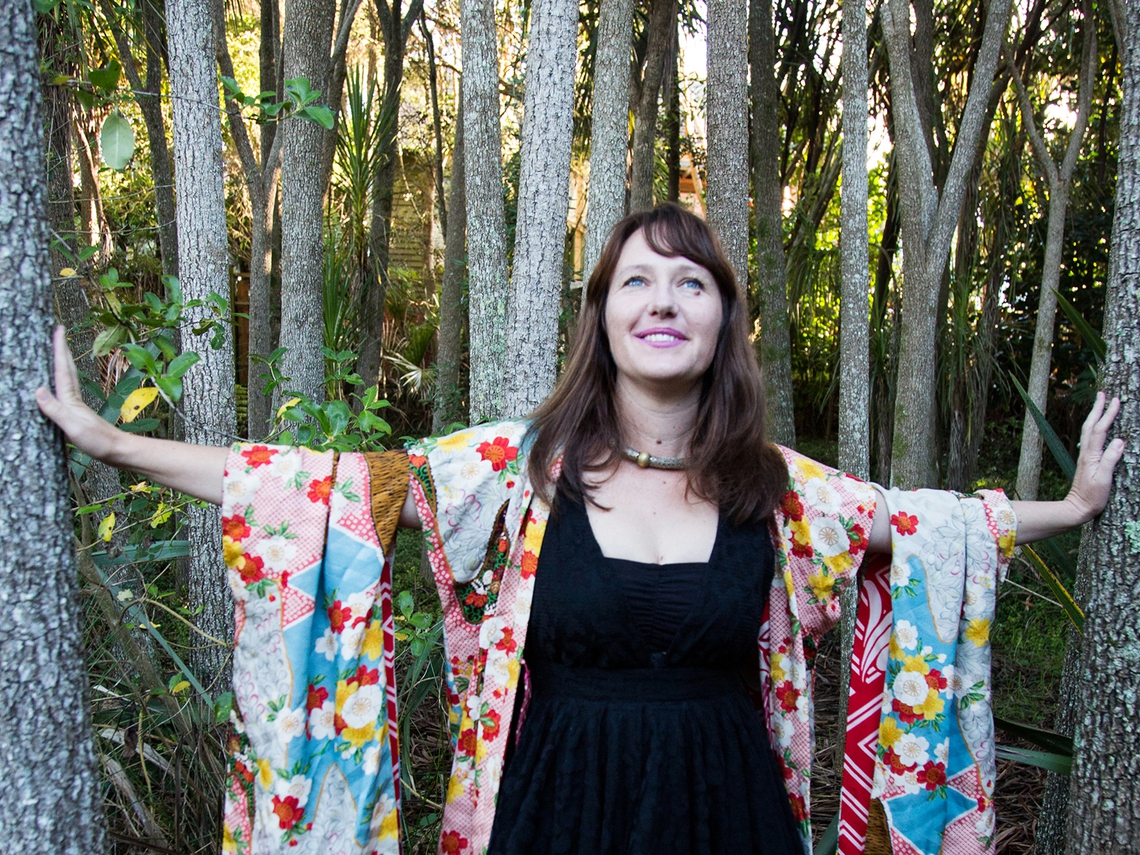
What attracts you to handcrafted materials and an organic aesthetic?
I think I’ve always been in love with the wild. The places out of reach from the hand of man. These are the places where your sense of freedom is the greatest. The more urban the world becomes the more as a designer I feel the need to pull the balance back towards nature. Straight lines serve a function and purpose but there is no need to fill the cracks with concrete. We need to leave gaps for the green to creep in, for some diversity and complexity. But also I do love the process of making and understanding how things are made. This is where my love of craftsmanship comes in. The process of taking earth and making a simple object such as a brick can be so universal but at the same time each brick holds within it the dna of the earth it was made from and the imprint of the makers hand. The skill of cutting and working stone which requires the craftsmen to understand its weaknesses and strengths. I like to see the saw marks, the rough edges, the polished stone how one material can wear different faces.
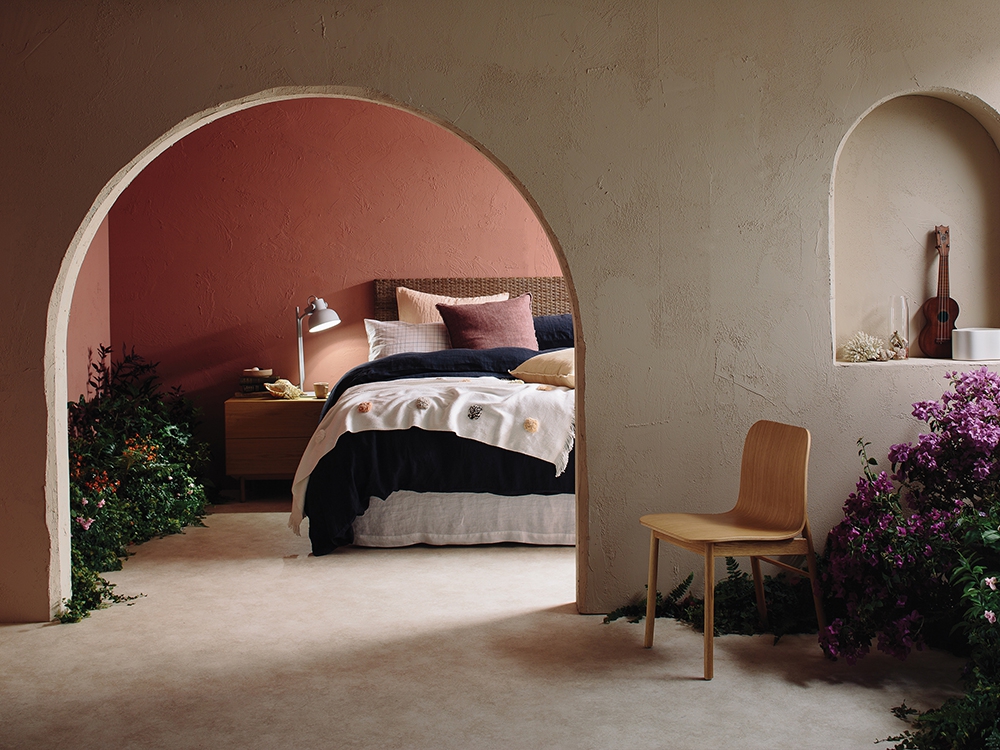
How does nature inspire you?
As a designer, I am fascinated by the balance of complexity that sits within simplicity. When you sit on a hill side and look across a landscape the brushstrokes seem so vast and uncomplex but then you look down at your feet at the colours of the earth at the diversity of plants, mosses, lichens, insects in just a square metre. As a designer I’m interested in preserving that micro diversity in a way that expresses itself simply, and uncomplicated in the way that we feel when we look at nature on a macro scale. Like the texture of a fabric, like woven silk that appears one colour until you hold it in your hand and see.
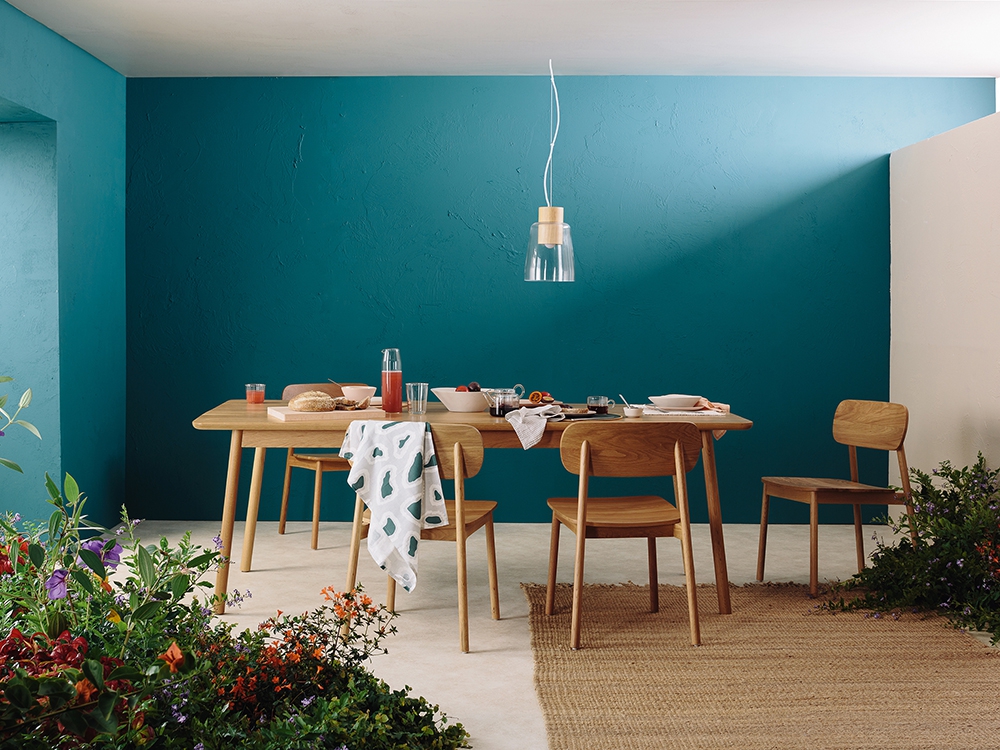
Where do you like to go to stimulate yourself creatively?
Wind or water, best of all, both. Creativity requires a certain transformative energy. Being in the ocean especially with some crashing waves is a great way to refresh my thinking. Wind too has this way of being disruptive as well as energising - that is great when you start to get stuck in your own head. But often I think creativity is something that has a life of its own. It comes from a sense of discomfort of spending to long with a state of warm mediocrity that stirs an itching desire to disrupt comfort to create change and movement. A sense of boredom driving a desire to reshuffle the pack. It’s not something that we really control, more like a character flaw that you need to direct into positive causes.
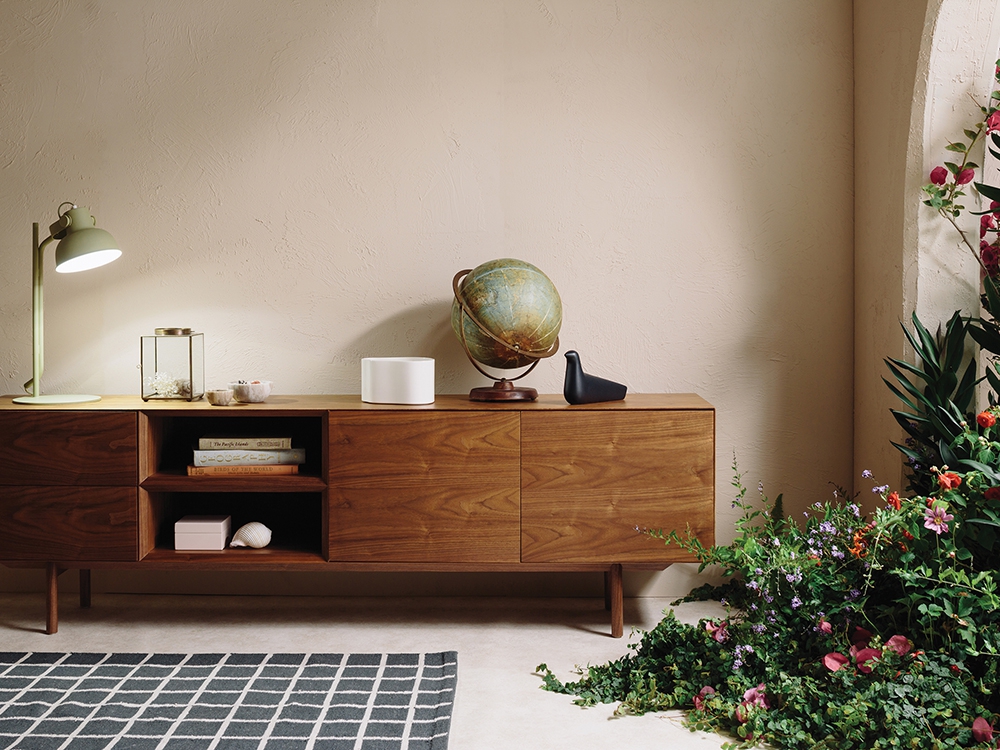
What does authenticity mean to you?
I think authenticity relates to the critical mind that is always asking questions and challenging processes and self. What is authentic in one situation becomes completely fake or discordant in another. So perhaps its about relationships, not just with people but with place, and as a designer opening yourself to listening and observing the characters of both and responding to these with a confidence. When I mean confidence I mean the sort of confidence that drives you to grab opportunities and then falls into a state of insecurity and self doubt that motivates you to work damn hard at trying to prove you are really worthy of them. That’s where the critical part becomes an integral part of the authenticity.
I think sometimes looking to trends or fashion is the best way to miss new design opportunities, new ideas come from play and experimentation which requires you to be present in what your doing rather than following pinterest or the work of others.
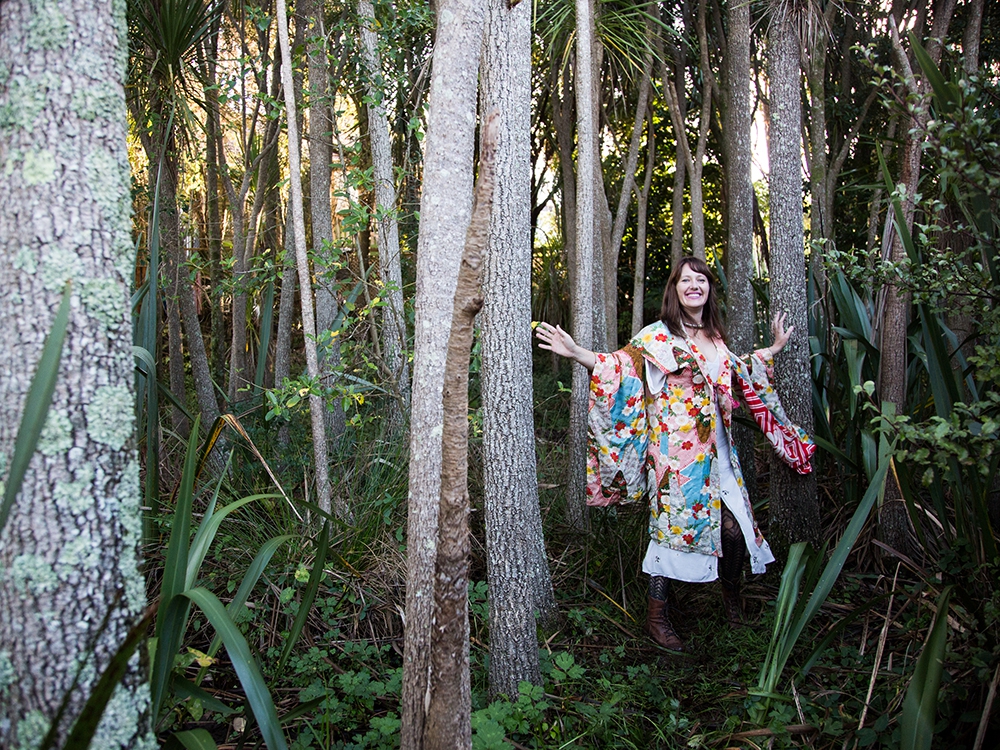
How would you describe the environment of your favourite workspace?
I love my studio, it’s in an old building and it’s full of materials and tools to draw, paint, make and play together but of course it’s the people I work with that make it really special. I’m lucky to work with a team of designers who are thoughtful, playful and ethical and they remind me every day of the things that matter to me.
Then there is home which is where I work when I need to think. My bedroom is like a treehouse so I often write and think there looking into the trees, watching the mood of the day, but the kitchen table is also a great place to paint and experiment, the varnish has long melted off and it’s gilted with inks and watercolours.
Kitchens are great examples productive and versatile spaces. So much can happen there between the cooking and the gathering, they are the most productive spaces.
